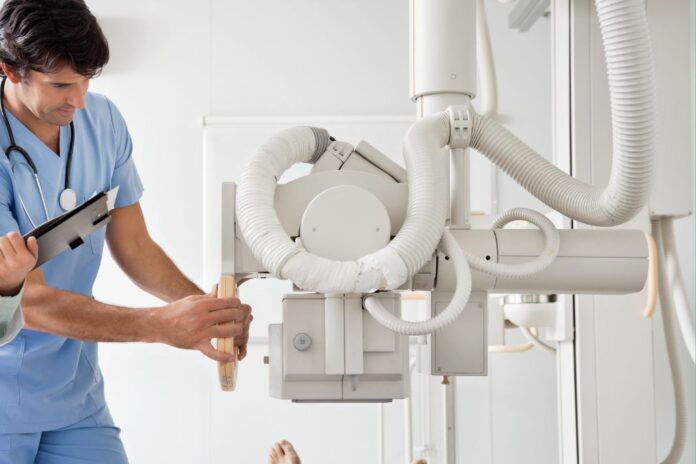Medical imaging technology has made significant strides in recent years, enabling healthcare professionals to diagnose and treat patients with unprecedented accuracy. Central to this progress are the materials and manufacturing techniques used in the creation of medical imaging components. In this article, we will delve into the crucial role that materials and manufacturing techniques play in the development of precise and high-quality medical imaging equipment.
1. Materials Selection for Imaging Components
The choice of materials for medical imaging components is of paramount importance. These components must possess specific properties, such as high radiopacity and durability. Common materials include:
- Lead: Lead is a well-known choice for shielding components in X-ray and radiation therapy equipment due to its excellent radiopacity.
- Aluminum: Lightweight yet strong, aluminum is often used in the construction of imaging frames and housings.
- Copper: Copper is employed in the production of imaging coils for magnetic resonance imaging (MRI) due to its excellent conductivity.
- Scintillators: These materials convert radiation into visible light, a key component in digital radiography and computed tomography (CT) scanners.
The selection of the appropriate materials ensures that imaging components perform optimally and meet safety standards.
2. Precision Manufacturing Techniques
Manufacturing techniques for medical imaging components must adhere to strict precision requirements. Techniques include:
- CNC Machining: Computer Numerical Control (CNC) machining is utilized to create precise components with intricate shapes and tight tolerances.
- Injection Molding: Injection molding is used for producing components in high volumes with consistent quality, such as housing and covers.
- Additive Manufacturing: 3D printing techniques are gaining popularity for rapid prototyping and producing complex components.
- Laser Cutting and Welding: Laser technology allows for precise cutting and welding of materials used in imaging components.
These techniques ensure that each component meets the exacting standards of the medical imaging industry.
3. Quality Control and Testing
Manufacturers of medical imaging components employ rigorous quality control processes. Components undergo extensive testing to ensure they meet safety and performance standards. This includes non-destructive testing methods like radiographic inspection, as well as functional tests to verify proper operation.
4. Advances in Materials and Techniques
The field of medical imaging is continually advancing. New materials, such as carbon-fiber composites for lightweight and strong components, and innovative manufacturing techniques, such as 3D printing with bioresorbable materials for temporary implants, are being explored to push the boundaries of imaging technology.
Conclusion
Materials and manufacturing techniques are the unsung heroes behind the success of medical imaging technology. Their careful selection and application ensure the precision, durability, and safety of imaging components. As technology continues to evolve, so too will the materials and techniques used in the development of medical imaging equipment, promising even more accurate and effective diagnostics and treatments in the future.
In conclusion, the synergy between cutting-edge materials and precise manufacturing techniques paves the way for continued innovation and excellence in the field of medical imaging.






